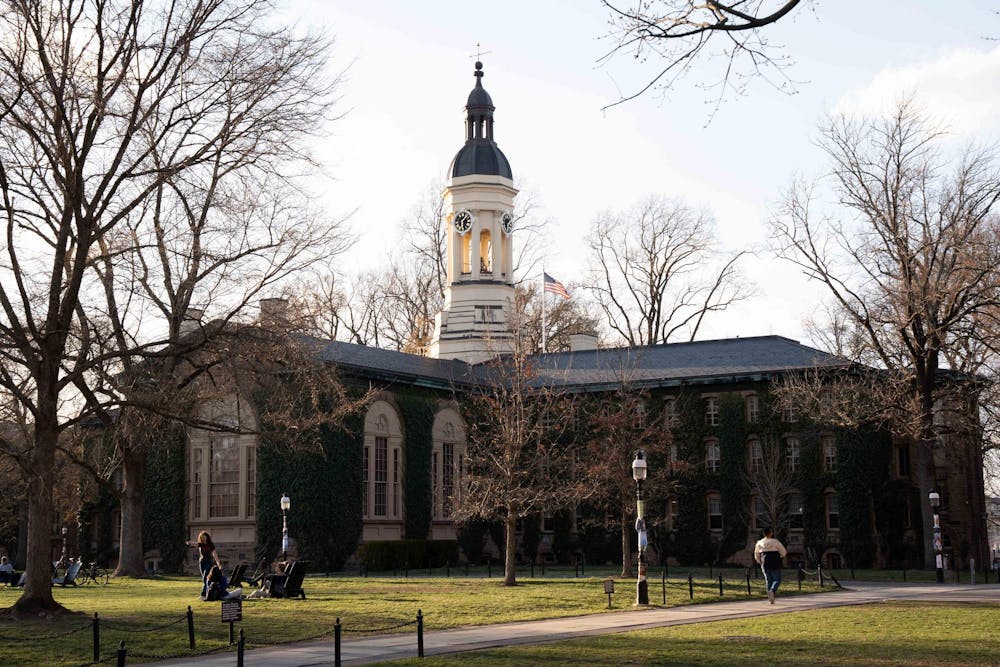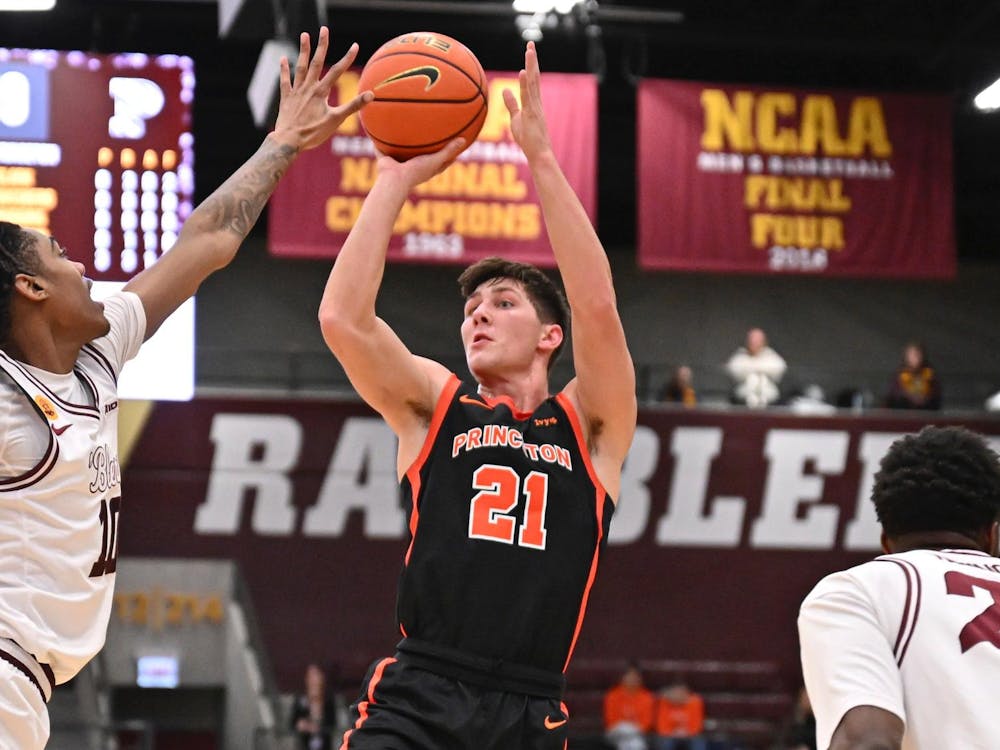After an extraordinarily tumultuous semester for higher education, Princeton concluded its fundraising year on Monday with $68.4 million in Annual Giving contributions and a 43.9 percent undergraduate alumni participation rate — the lowest rate since the 2010–11 fundraising year. The final months of year’s campaign coincided with the University’s “Stand Up” initiative, launched in April to combat the Trump administration’s attacks on higher education over the past few months.
In “Stand Up” emails to more than 10,000 alumni and other supporters, Princeton explicitly appealed for donations to Annual Giving, especially in the wake of the suspension of $210 million in federal research grants.
“With many of our grants suspended or under threat, the University will need to draw even more heavily on Annual Giving and other sources,” one email from June read.
Annual Giving’s total donations increased by about $1.7 million compared to last year. However, undergraduate alumni donation rates fell by 1.1 percentage points. In the 2023–24 fundraising year, Annual Giving raised $66.7 million from more than 35,000 total donors, with an undergraduate alumni participation rate of 45 percent.
Annual Giving totals have risen steadily over the past 15 years. In the 2021–22 fundraising year, coming off of the COVID-19 pandemic, donations hit an all-time high of $81.8 million. But in this extraordinary moment for higher education, this year’s fundraising haul of $68.4 million has not seen donations rise in the same manner, and is in line with similar totals raised in the late 2010s.
Princeton has historically ranked as a top university nationally for alumni giving, with an average undergraduate alumni donation rate of 54.9 percent between the 2010–11 and 2023–24 fundraising years, compared to a national average of 7.7 percent.
Annual Giving is the way that most alumni engage with Princeton’s fundraising as part of Venture Forward, a five-year campaign spearheaded by University President Christopher Eisgruber ’83.

“This year’s remarkable Annual Giving results are especially meaningful during this challenging time for Princeton,” Eisgruber said in a statement accompanying the University’s announcement of the Annual Giving totals. “Unrestricted funds are critical to sustaining the University’s excellence in teaching and research and to meeting the full financial needs of our talented students.”
Notably, this fundraising year saw a continued downtrend in undergraduate alumni participation, which only reached 43.9 percent, the lowest in at least the past 15 years. Since 2014, alumni participation rates have fallen about 16 percent from an average of around 60 percent.
Now in its 84th year, Annual Giving provides unrestricted funding from alumni, parents, and friends of the University. Funds have been recently used towards financial aid, faculty recruitment, new research initiatives, summer internship grants, and senior thesis funding.
Annual Giving is one of the University’s most important sources of flexible funding. Unlike restricted gifts, including those in the endowment, its contributions can be applied wherever the University sees the greatest need.

Donations again skewed heavily toward older class years and classes celebrating major reunions, with many 1960s and 1970s classes seeing participation rates above 50 percent. The Class of 2000, celebrating its 25th reunion, led the campaign with about $6.5 million in donations and a 62.9 percent donation rate. It was followed by the Classes of 1995 and 1975, which raised $6.2 million and $5.3 million, respectively.
Participation rates among recent alumni continued to lag: the Class of 2024 posted a 20.5 percent rate, while the Class of 2023 only reached 19.6 percent. Lower participation rates from younger classes this year are consistent with Annual Giving numbers from previous years. According to the Office of Advancement, 70 percent of the Class of 2025 pledged to support Annual Giving campaigns for the next four years.
This year’s Annual Giving numbers come as the University has moved to tighten its belt amid broader fiscal uncertainty. In May, it asked all departments and University units to prepare “plans for five percent and ten percent permanent budget cuts to be phased in over the next three years,” with most faculty and staff hiring already frozen.
A new eight percent tax on Princeton’s endowment, along with those of 10 other wealthy universities, could further complicate the long-term picture.
Nico David-Fox is an assistant News editor for the ‘Prince.’ He is from Washington, D.C. and typically covers University operations.
Please send any corrections to corrections[at]dailyprincetonian.com.
A previous version of this article said that undergraduate annual giving participation fell by 1.7 percentage points. It in fact only fell by 1.1 percentage points. The ‘Prince’ regrets this error.








